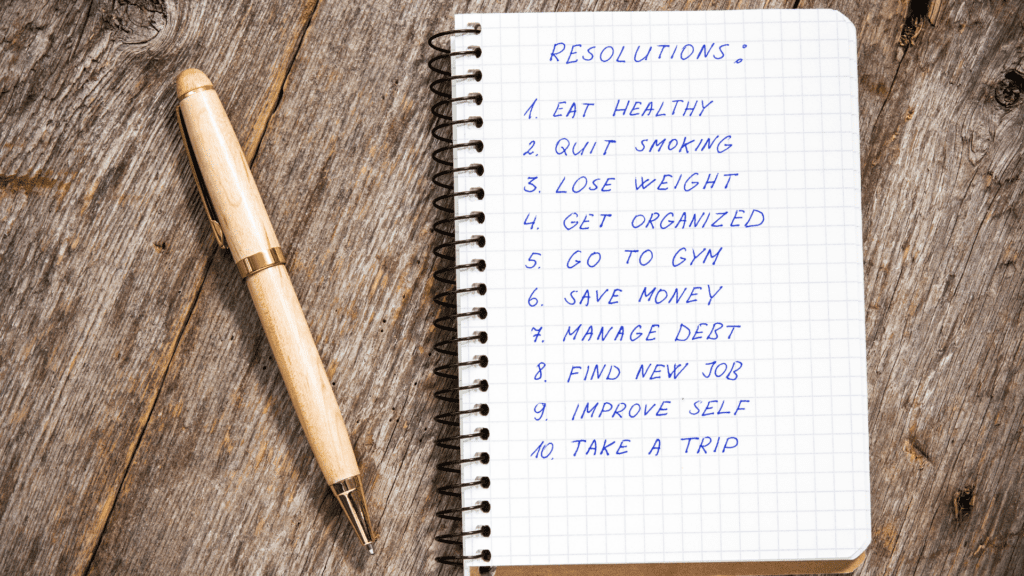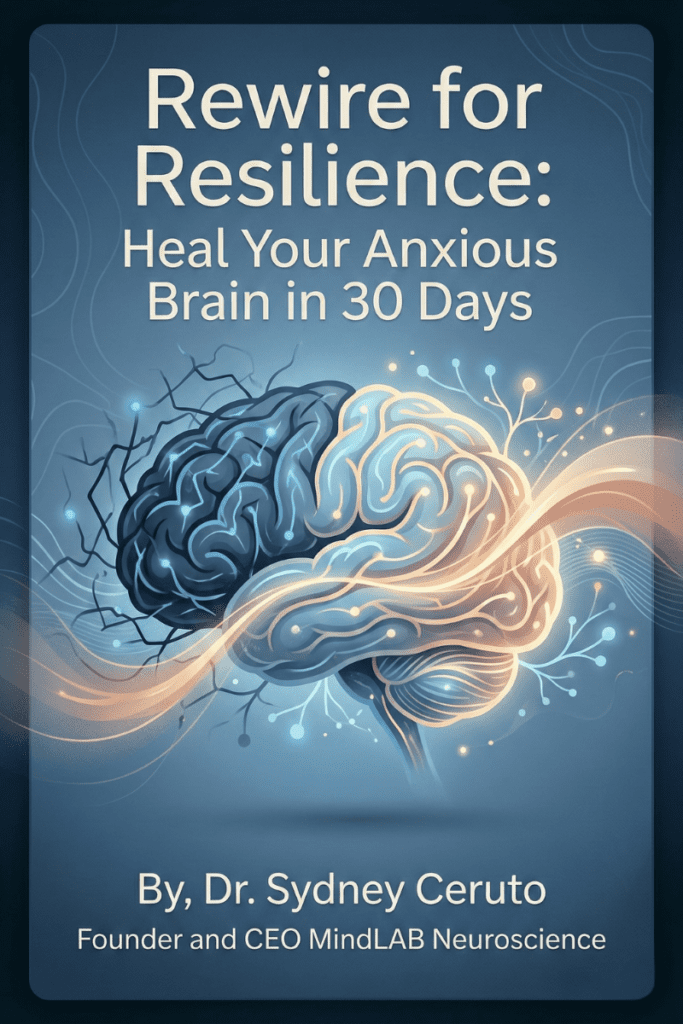The journey of self-improvement often begins with a desire to cultivate new habits. Whether it’s adopting a healthier lifestyle, developing a new skill, or breaking free from unproductive patterns, the process of habit change is deeply rooted in the neuroscience of our brains.
The Neuroscience Behind Habit Formation
Habit formation is deeply rooted in our brain’s neural mechanisms. The basal ganglia, a group of subcortical nuclei, play a crucial role in this process. As we repeat behaviors, the basal ganglia help create neural pathways that become increasingly efficient over time.Dopamine, a neurotransmitter associated with reward and motivation, is key in reinforcing these pathways. When we perform a habit, dopamine is released, creating a sense of pleasure or satisfaction. This reinforces the neural connections, making the habit more likely to be repeated.
As habits form, the brain creates a loop consisting of a cue, routine, and reward. This loop becomes increasingly automated, requiring less conscious effort to initiate and complete the behavior. The prefrontal cortex, responsible for decision-making, becomes less active during habitual behaviors, allowing the basal ganglia to take over.
Neuroplasticity and Its Role in Changing Habits
Neuroplasticity, the brain’s ability to reorganize itself by forming new neural connections, is fundamental to habit change. This remarkable property allows our brains to adapt to new experiences and learn new behaviors throughout our lives.When we attempt to change a habit, we’re essentially rewiring our brain. Through repetition of a new behavior, we create and strengthen new neural pathways while weakening the old ones associated with the undesired habit.
This process involves the formation of new synapses and the pruning of unused connections.Neuroplasticity enables the brain to shift its resources from the circuits supporting old habits to those supporting new ones. This adaptability is what makes habit change possible, albeit often challenging. The more we engage in a new behavior, the stronger and more efficient these new neural pathways become, gradually replacing the old habit circuits.
Neuroscience-Based Strategies for Accelerating Habit Formation
Understanding the neuroscience of habit formation allows us to employ targeted strategies to accelerate the process:
- Visualization Exercises: Mental rehearsal activates similar neural pathways as physical practice. Visualizing yourself performing the desired habit can strengthen the associated neural connections.
- Mindfulness Practices: Mindfulness increases activity in the prefrontal cortex, enhancing our ability to make conscious choices rather than falling back on automatic behaviors.
- Habit Stacking: Linking a new habit to an existing one leverages established neural pathways, making it easier to integrate the new behavior.
- Reward System Optimization: Creating immediate, positive reinforcement after performing the desired habit boosts dopamine release, strengthening the habit loop.
- Environmental Cues: Strategically placing reminders in your environment can activate the cue part of the habit loop, prompting the desired behavior.
The 21-Day Myth
Conventional wisdom often suggests that it takes 21 days to form a new habit. However, recent research has challenged this notion, indicating that the time required can vary significantly depending on the individual and the complexity of the habit. A study published in the European Journal of Social Psychology found that, on average, it takes 66 days for a new behavior to become automatic. However, this timeframe ranged from 18 to 254 days across participants, highlighting the individual variability in habit formation. After 24 years of practice, I know the sweet spot is 90 days.

Factors Influencing Habit Formation
Several factors can influence the time it takes to establish a new habit:
- Complexity: Simple habits, like drinking a glass of water upon waking, tend to be easier to form than more complex ones, like adopting a new exercise routine.
- Motivation: Strong motivation and a clear understanding of the benefits can accelerate habit formation.
- Environmental cues: Associating the new habit with existing routines or environmental cues can reinforce the behavior and make it easier to stick to.
- Consistency: Consistency is key. Skipping days or being inconsistent can disrupt the neural pathways being formed and prolong the habit formation process.

Strategies for Successful Habit Change
While the timeframe for habit formation may vary, there are strategies that can increase your chances of success:
- Start small: Begin with manageable, bite-sized habits that are easy to incorporate into your daily routine.
- Leverage existing routines: Anchor the new habit to an existing routine or environmental cue, making it easier to remember and execute.
- Celebrate small wins: Recognize and reward yourself for each step along the way, reinforcing the neural pathways associated with the new habit.
- Be patient and persistent: Understand that habit formation takes time and consistent effort. Embrace the journey and trust the neuroscience behind the process.
Overcoming Habit Formation Challenges: A Neuroscience Perspective
From a neuroscientific standpoint, several challenges can impede habit formation:
- Neural Inertia: Existing neural pathways are efficient and require less energy, making it challenging to establish new ones. Overcoming this requires consistent repetition to strengthen new connections.
- Stress Response: High stress activates the amygdala, potentially overriding the prefrontal cortex’s control and reverting to old habits. Stress management techniques can help maintain focus on new habits.
- Dopamine Habituation: The brain can become desensitized to rewards over time. Varying rewards or focusing on intrinsic motivation can help maintain the habit loop’s effectiveness.
- Cognitive Load: When the prefrontal cortex is overwhelmed, we’re more likely to fall back on old habits. Simplifying the new habit or breaking it into smaller steps can reduce cognitive demand.
- Circadian Rhythms: Our brain’s plasticity fluctuates throughout the day. Aligning new habit formation with periods of high plasticity can enhance learning and adaptation.
By understanding these neuroscientific principles, we can develop more effective strategies for forming and maintaining new habits, leveraging our brain’s natural plasticity to create lasting behavioral change.
What You Need to Know
By understanding the neuroscience of habit formation and implementing effective strategies, you can increase your chances of successfully adopting new habits and achieving your self-improvement goals. Remember, the path to lasting change begins with small, consistent steps.
Embrace the journey, celebrate your progress, and trust the remarkable plasticity of your brain to rewire itself for a better version of you. If you’re interested in learning more about leveraging neuroscience for personal growth, visit MindLAB Neuroscience, by Dr. Sydney Ceruto for additional resources and insights.





